Rock Steady: Farmer Keeps Eyes on Faith, Risk, and Reward
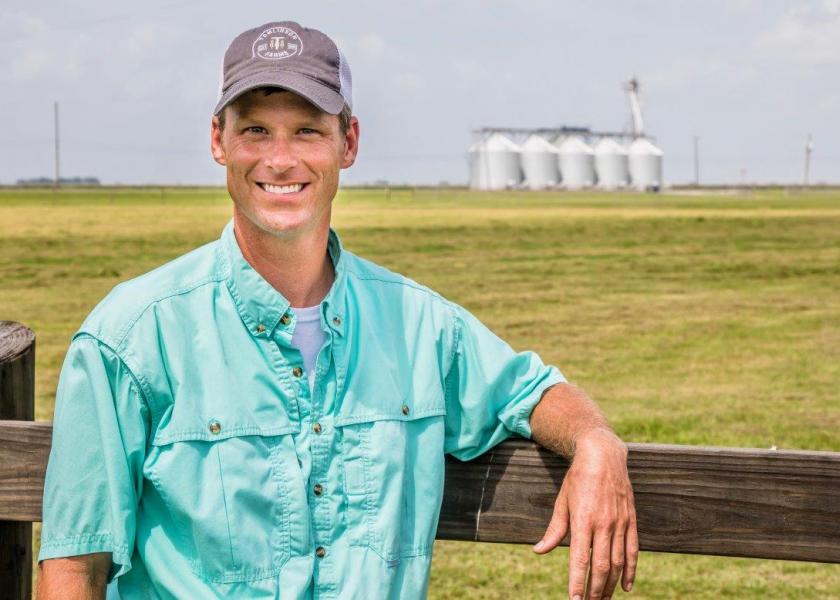
No farmer plants a seed and merely hopes in the moment, but instead, tends and nurtures in order for the ground to bear a bounty. As in farming, as in life. Phillip and Carey Tomlinson mind the minutia of the rows, both in field crops and spreadsheets, obsessively tracking details in a business where pennies open a window to dollars. Their farm is everything—and nothing: “I do everything I can to take risk off the table and get things right in my farming business,” Phillip says, “but I’m driven by an eternal perspective, otherwise my life was only as good as my farm or last crop.”
The Tomlinson operation is a means to a family farming dream where agronomic change is welcomed, input costs are monitored to the cent, cash slaps the barrelhead whenever possible, risk removal is kept on a pedestal, and no decision is made without reliance on the will of Providence. A frugal farming couple, four kids, and a future built on an eternal foundation make for a story of family and business gain, but there are no shortcuts or giant leaps forward, Phillip insists: “Farm success here is about making base hits and not swinging for home runs. Lock in a profit every year, pay your bills, and live to farm another day with the long-term goal of preserving this land for the next generation.”
The Old Soul
Following the crow, Phillip, 35, grows corn, rice, and soybeans on 2,700 pancake-flat acres less than 5 miles from the Mississippi River, just outside Lake Providence, La., in East Carroll Parish, where the northeast corner of the boot rubs against Arkansas and Mississippi. A small portion of Tomlinson farmland, composed of silty loam Commerce soil, borders the lake, but the vast majority of ground sits roughly 2 miles from the water, and is largely a contiguous stretch of Sharkey clay—heavy buckshot.
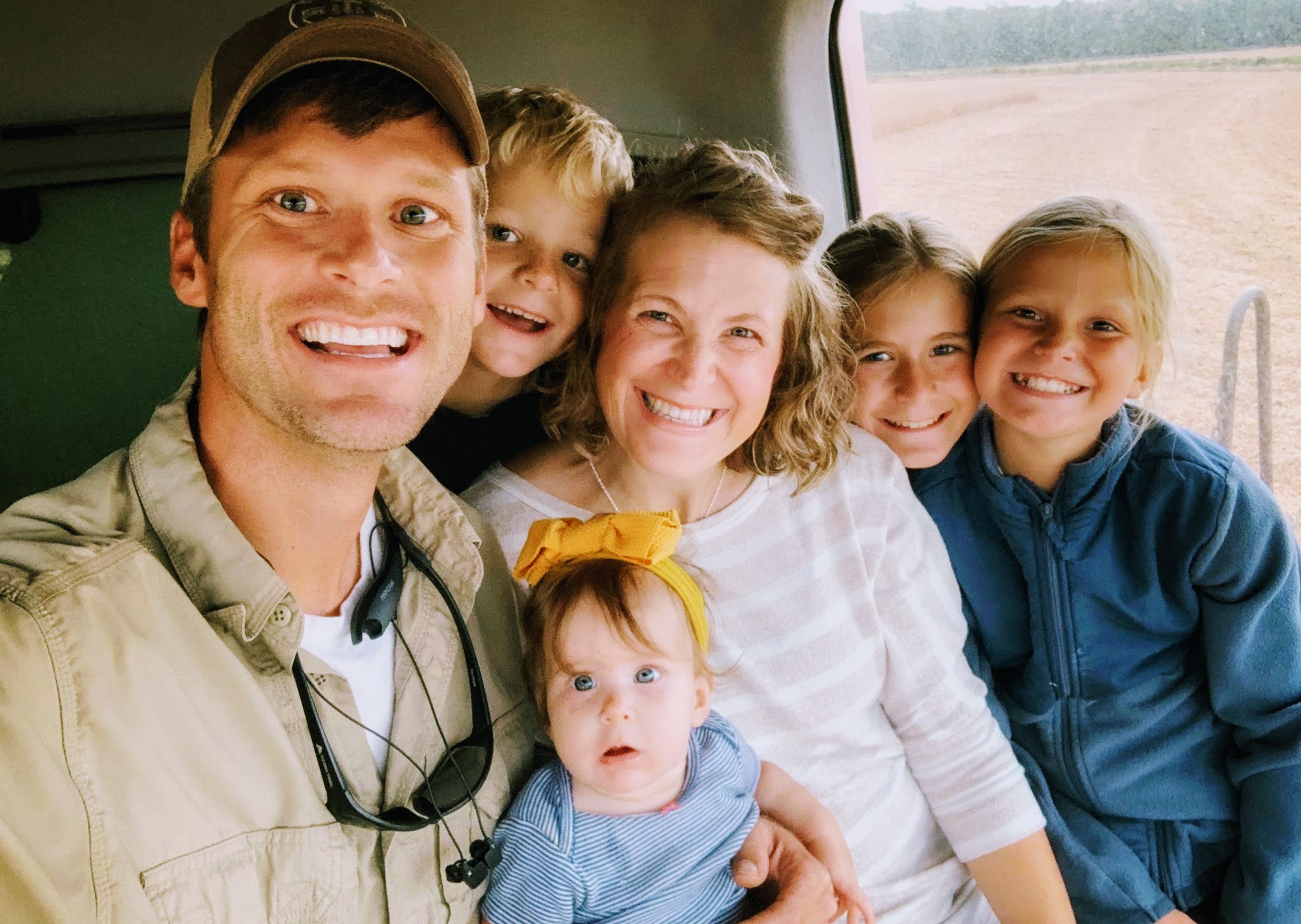
In the 1950s, Walter “Buzzy” Tomlinson, Phillip’s grandfather, dropped south from Lonoke, Ark., and traded one rice-growing geography for another. He farmed in the East Carroll Parish area for several years, before buying the current farm, which at the time was mostly wooded acreage. Buzzy was used to the knots of rice production, and no longer wanted any part of crooked levees. After clearing trees, he used a track hoe to divide the land into 40-acre water-holding blocks, dug a perimeter ditch around each 40, and built interconnecting roads. In Buzzy’s era, rice grew significantly taller and could hold more water, thereby reducing the immediate need for level ground. A 40 might be deep on one end, but barely get over a knob hill on the other. As time allowed over the years, Buzzy, with the help of son, Phil (Phillip’s father), leveled each 40, resulting in a zero-grade farm, and it was a successful formula for rice production in its day—but it also slammed the door on corn, i.e., zero grade and corn are not a happy marriage in Louisiana.
In time, Buzzy passed the farming reins to Phil—the present-day patriarch and pillar of the Tomlinson operation. Even-keeled and deliberate, with crosshairs permanently fixed on mathematics and decimal points, Phil is consumed by detail, and passed a hyper-focus on bookkeeping to his son.
Phillip was born sails up, and even as a young boy set course toward a chain of goals, according to his mother, Shellie Rushing Tomlinson. “In many ways, Phillip was an old soul from birth. He never bucked us, but it wasn’t a matter of being compliant, but always about getting to a goal. We could show him the long-term reward and he would zero in on it.”
Shellie, a highly reputed Bible teacher, speaker and author of seven books, describes Phillip as a farmer with passion and priorities in alignment: “He keeps God first, family next and farm last, but uses the extreme motivation to succeed in farming as a means to give glory to the Lord.”
Oak or Willow
Presently, the father-and-son pairing on the Tomlinson operation is an ideal complement, Phillip explains: “The foundation I have was placed by my dad. People are rooted as an oak or a willow—my dad is an oak. He makes no rash decisions and could be an accountant, always emphasizing that all details, no matter how small, matter on the farm. The tiniest numbers make a difference.”
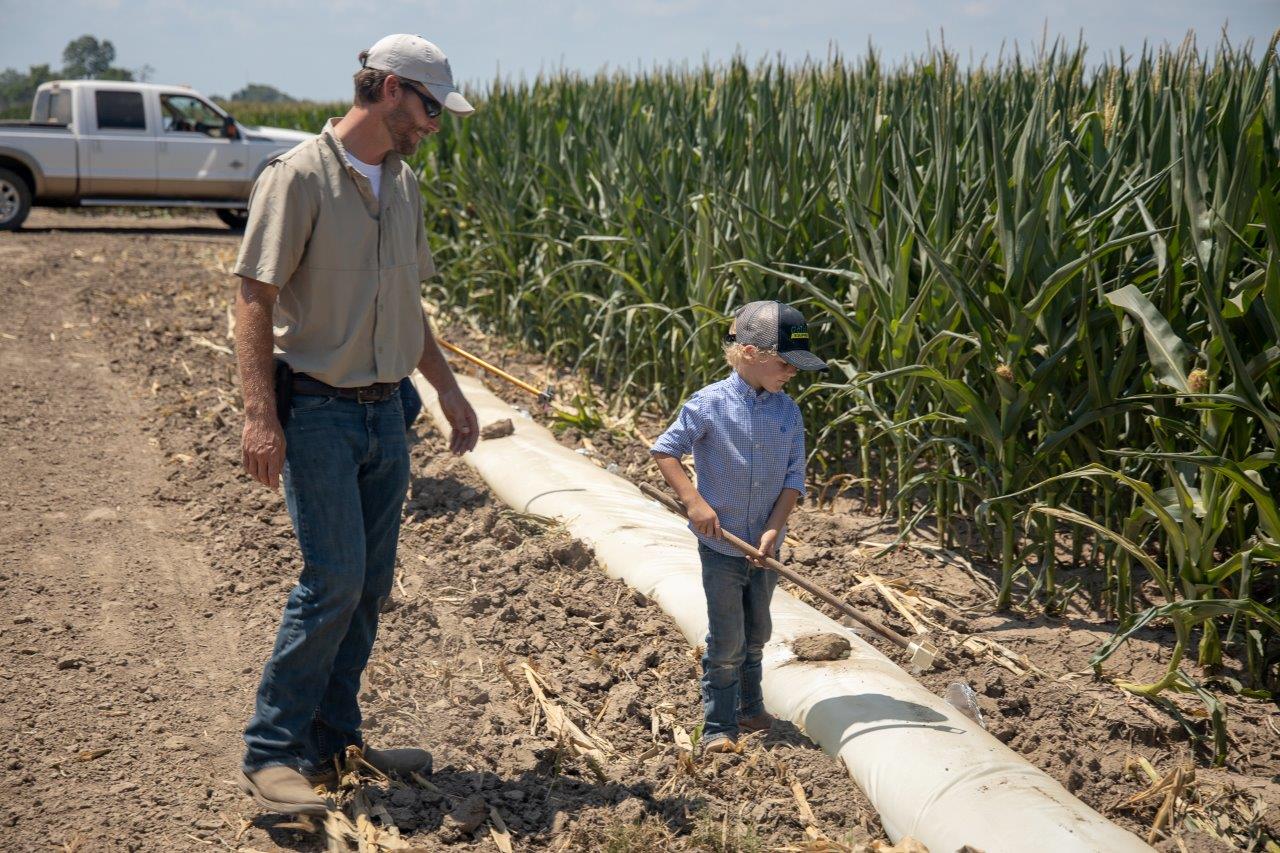
Phil grew up in an era of lean farming, where survival was often the goal, and his fiscal farm policy still blankets the Tomlinson operation. “I think Phillip sensed in me a devotion to keep up with every single detail of success on the computer, and not just focus on the fieldwork. It’s about making sure you have a work ethic in the field and on paper, and one without the other can get you in big trouble,” Phil, 63, says.
“Phillip’s philosophy is not to borrow except on the big things,” Phil continues. “I’m proud of my son as a farmer, but much more proud of him as a father and husband, and his devotion to the Lord, and that is a heavy influence on tithing, staying within his means, and avoiding heavy borrowing.”
In 2016, Carey took over the books, attending to day-to-day bills, taxes, payroll, QuickBooks, and endless financial loose ends. She is a farming partner glued to every facet of the business—and she is a constant sounding board for Phillip, keeping up with the daily activities on the farm.
The relationship between her father-in-law and husband, Carey describes, enabled the implementation of major change on the farm: “When Phillip started, he came in with passion and new ideas, but he was met by Phil with patience and given a chance to prove himself. Phillip began to push his dad to go to new places, and Phil offered a grounded, big-picture outlook. It was a two-way street of respect.”

Phillip was ready to landform ground for corn production in order to diversify and spread risk, and kick off a new marketing strategy, while Phil was insistent on examination of the long-term consequences. With a concrete plan in hand, the duo prepared to make big changes while sticking to practices that still worked.
Cash is King
Prior to Phillip’s involvement, the Tomlinson fields had perpetually been in rice and soybeans, with little variation. Buzzy was a strict rice farmer in an era when the grain made careers and helped pay for extra land, but that age was gone and the market had shifted. Field by field, Phillip and Phil releveled and took acreage out of zero grade into row fall, enabling the implementation of polypipe. The initial project took aim at 126 acres, and the results left no doubt: an immediate jump in yield. “It was 2009 and not only did yields increase but the opportunity to protect beans from drowning in heavy rains while also providing the ability to irrigate quickly was a win-win. Not to mention, these practices protect our greatest asset—the land,” Phillip says. “We work hard to conserve soil health and rotate crops so that this farm will flourish for generations to come.”

As of 2021, 97% of Tomlinson ground is leveled and irrigated. Water goes on and off of crops at a far quicker and more efficient rate, ensuring the increased possibility for a constant, stable yield. Even on buckshot, Phillip can now raise a good corn crop (contingent on Louisiana’s notoriously heavy spring rain), and from a previous 150 acres of corn farm-wide, he has a potential corn expansion of roughly 1,500 acres, a 750% increase. However, soybeans consistently thrive (78 bu. per acre average in 2020) on his buckshot, and the staple crop of rice also thrives, opening the door for Phillip to choose from three reliable crops each year.
The Tomlinsons chip away at risk at every opportunity, Carey describes: “Phillip and his dad know the exact numbers in each category that they need to ensure profit. They know if we sell at a given price, then that is the point where we cover expenses, and then hopefully have enough to invest in something needed for the farm. I’d say the biggest change Phillip has brought over the last 10 years is a change in marketing philosophy.”
When the farm was predominantly producing rice, the crop was binned until spring and sold. It was an old-school approach, and brought a mixed bag of results. However, now the father-son duo relies on forward contracting and min-max contracts. “We do a lot in the futures market to allow us to lock in profits whenever they’re available, instead of growing a crop and taking what the market gives you,” Phillip describes. “By using our spreadsheets and knowing our figures, and then looking at the market, we make such better decisions. We’re constantly growing each year and learning to use more tools to take away risk.”

The present 2021 run of strong commodity prices often tempts growers—particularly young producers—to spend in a hazardous fashion, as happened on some operations prior to the dip in 2013. Phillip urges young farmers to avoid excess spending, and instead pump profits back into the operation while the opportunity is available. “I remember 2013 and several years before when we did very well. We put the money back in the farm, financed very little, and invested. My encouragement for young guys is to know your costs, and your breakeven, and lock it in whenever you can. Stay focused on your long-term goals and don’t get sucked into buying something you don’t need and you’ll regret later,” he says.
“For example, I’d lock in these high beans and then do everything in my power to live on as little as I can during the year, and hopefully there will be some left over at the end to give yourself a bonus and make a good living,” Phillip continues. “Be conservative in spending. Give your crop what it needs, but don’t spend on anything else you don’t need.”
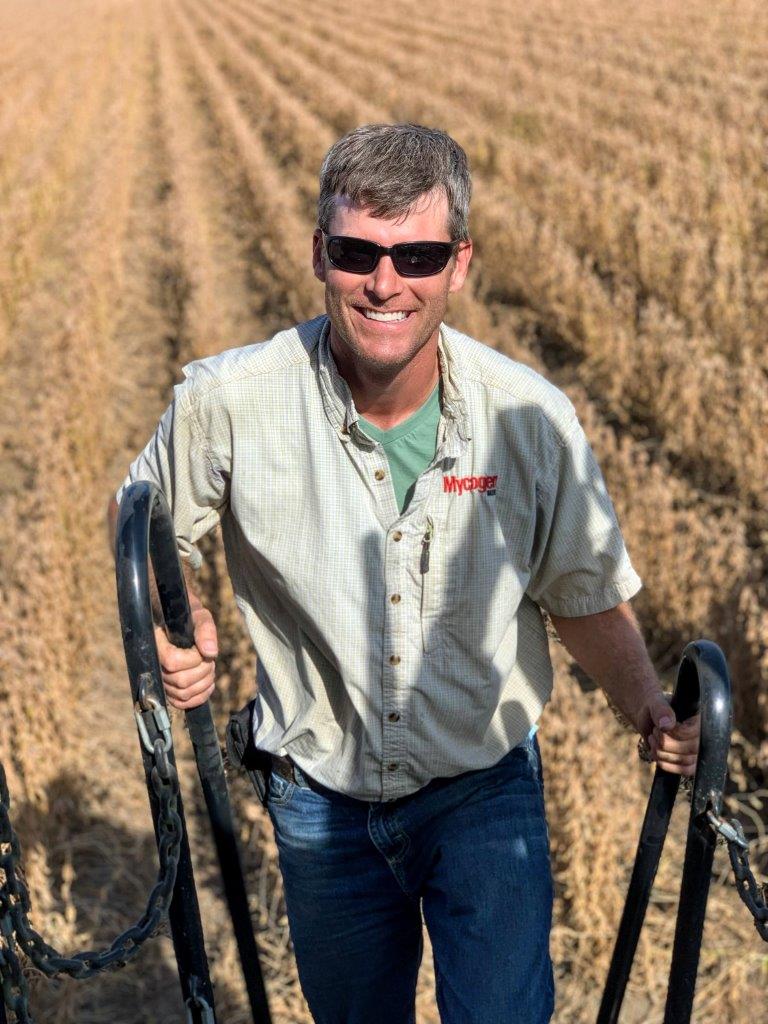
Spending on the farm and spending in personal life are closely related for farmers, Phillip notes: “Take a simple thing like eating out. Is your family spending $50, $100, $200, or more per month? That’s an example of a simple number you should know, because people are shocked to find out how much money they’re wasting by eating out all the time. They don’t realize the number and so they keep doing it over and over. The same thing goes for every activity on the farm, and that’s why we track everything.”
Cash is king, Phillip emphasizes. Out of the gate, he acknowledges the necessity of financing on crop loans and big ticket items, but pushes cash whenever possible. “Yes, the big things we have to finance in some way, but row tools and anything smaller, we pay in cash. My advice is always invest in your operation and pay all the small things from your pocket. If the cash isn’t there—we don’t buy.”
Reap and Sow
Family is sometimes the hidden cost of business on a farm. Particularly during the high points of the year, a farm often devours a grower’s time, and in many respects, the reality is inescapable. For the Tomlinsons—two parents and four children (Emerson, 12; Carlisle, 10; Weston, 7; and Kennedy, 11 months)—the solution is immersion on the farm as a unit, ensuring some degree of family time is maintained, regardless of the season.

“In spring and fall, I could run the risk of going weeks without really seeing my kids, because I’m up before they wake and back when they’re asleep,” Phillip says, “but with all of us being on the farm and homeschooling, Carey brings them out to me for lunch, or I stop by the house. That’s how I get those nuggets with my children during the busiest times of farming. Those are times we can never, never get back and they mean everything.”
Living on the farm and surrounded by a wide expanse of level land, the Tomlinson children watch Phillip planting seeds, applying nutrients, and eventually harvesting, all part of a daily front-row seat to the practice of reaping and sowing. “Farm life is amazing,” Carey says. “So many distractions are removed and we get to watch the Lord’s glory play out in nature and it is undeniable. We reap what we sow in the fields, and that’s a lesson we extend to the kids far, far past the farm. Hard work, diligence, kindness, responsibility—there is a higher purpose to everything.”
The cream always rises, and in 2020, the Tomlinsons were recognized with the Louisiana Farm Bureau Young Farmers & Ranchers Achievement Award. As age allows, the Tomlinson kids are involved in a wide variety of farm chores, made logistically easier by homeschooling and on-farm residence. “Taking care of the animals or handpicking corn is not just a chore, it’s a privilege because it’s a lesson about life and an activity we love at the same time,” Carey adds.
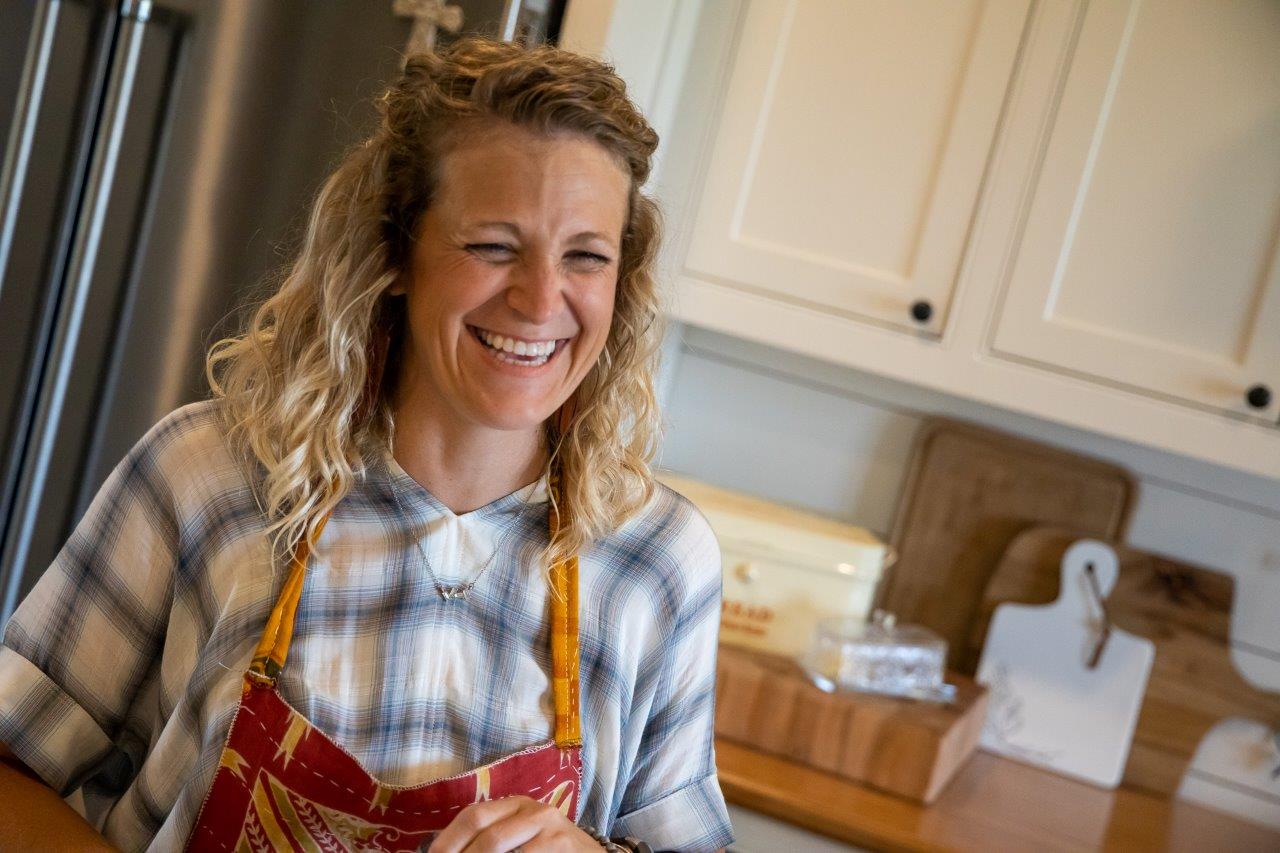
Carey, according to Phillip, is the backbone of the overall operation. Simply, the farm engine doesn’t run without the intangibles she provides, far beyond bookkeeping. “She is my rock,” Phillip describes. “I’m the blessed one in this marriage and I’d be in the ditch without her. It’s not just the books, or her wisdom, or caring for the kids, or homeschooling, or so many, many other things. Carey is my sounding board for everything that happens and together we are instilling a foundation in our kids.”
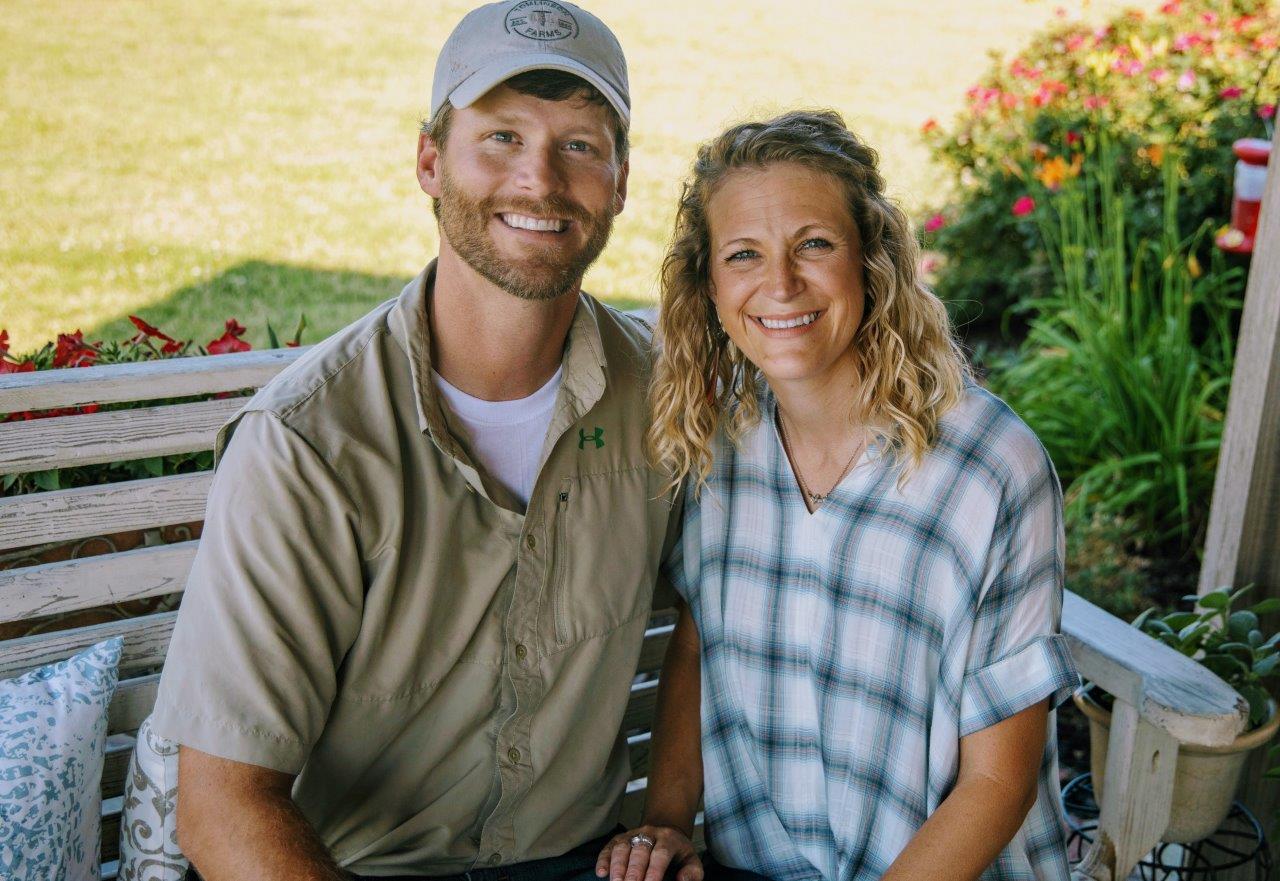
And what is the foundation? “Life has to be based on the eternal,” Carey says. “We work our hardest now to remove risk, but at end of the day, our lives are more than this farm or the next crop. We would love to have our kids return and farm someday, but they may be called elsewhere, and we’re going to provide them with a foundation based on the truth of God’s Word.”
Phillip remains a frugal farmer, fiercely diligent in striving for financial success, yet tempered by other motivations. “What really drives me? I want to know more about the Lord Jesus every day and be an example to my kids. I want them to know I lived a life they can be proud of. Fifty years, five months, or five days, whenever I’m gone, what good will it do if my children remember me primarily as a man who chased a dollar?”
For more stories from Chris Bennett (cbennett@farmjournal.com), see:
While America Slept, China Stole the Farm
Where's the Beef: Con Artist Turns Texas Cattle Industry Into $100M Playground
The Arrowhead whisperer: Stunning Indian Artifact Collection Found on Farmland
Fleecing the Farm: How a Fake Crop Fueled a Bizarre $25 Million Ag Scam
Truth, Lies, and Wild Pigs: Missouri Hunter Prosecuted on Presumption of Guilt?
US Farming Loses the King of Combines
Ghost in the House: A Forgotten American Farming Tragedy
Rat Hunting with the Dogs of War, Farming's Greatest Show on Legs
Misfit Tractors a Money Saver for Arkansas Farmer
Predator Tractor Unleashed on Farmland by Ag's True Maverick
Government Cameras Hidden on Private Property? Welcome to Open Fields
Farmland Detective Finds Youngest Civil War Soldier’s Grave?
Descent Into Hell: Farmer Escapes Corn Tomb Death
Evil Grain: The Wild Tale of History’s Biggest Crop Insurance Scam
Grizzly Hell: USDA Worker Survives Epic Bear Attack
A Skeptical Farmer's Monster Message on Profitability
Farmer Refuses to Roll, Rips Lid Off IRS Behavior
Killing Hogzilla: Hunting a Monster Wild Pig
Shattered Taboo: Death of a Farm and Resurrection of a Farmer
Frozen Dinosaur: Farmer Finds Huge Alligator Snapping Turtle Under Ice
Breaking Bad: Chasing the Wildest Con Artist in Farming History
In the Blood: Hunting Deer Antlers with a Legendary Shed Whisperer
Corn Maverick: Cracking the Mystery of 60-Inch Rows
Against All Odds: Farmer Survives Epic Ordeal
Agriculture's Darkest Fraud Hidden Under Dirt and Lies







